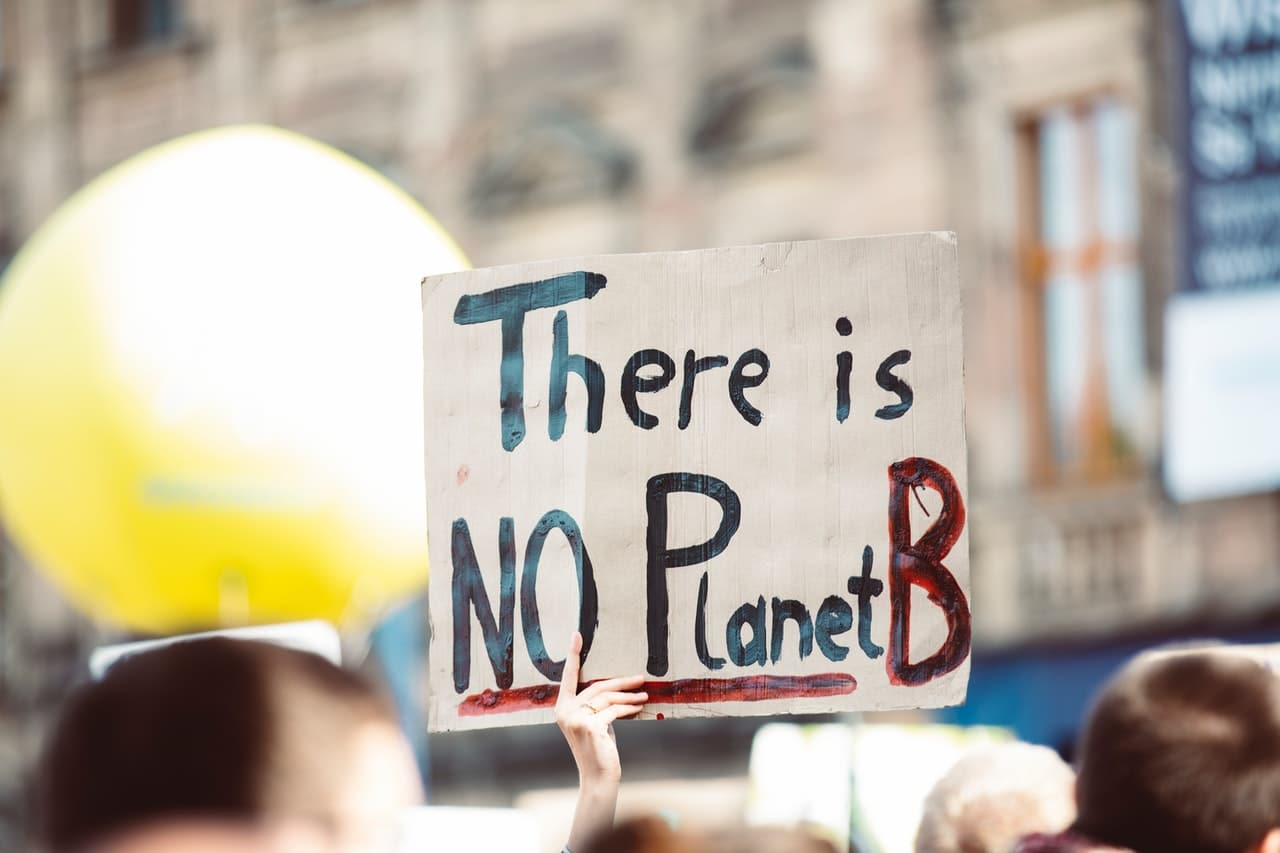Climate Change Predictions Have Suddenly Gone Catastrophic. This Is Why

What would happen if the Earth’s temperature went up a few degrees, or if CO2 emissions doubled? All signs point to terrible effects, from widespread heatwaves to negative impacts on biodiversity. Now, scientists’ predictions have unexpectedly gotten even worse.
Some recent models have even predicted temperature increases in more than 5 degrees Celsius if CO2 emissions, which are setting records, double—an increase of just 3 degrees is predicted to be devastating for humanity. during a study of those recent models, researchers found a surprising reason for the change: clouds.
Climate modellers believe a centralized set of guidelines that permits comparison among their models. The models from this generation are going to be wont to inform this year’s Intergovernmental Panel on global climate change(IPCC) report and shape policy decisions to mitigate climate change.
The planet is already worryingly on the brink of the temperature limits set within the Paris climate agreement, therefore the predictions of the newest climate models come as dire news.
“Most of the differences among models in climate sensitivity come from the clouds,”. “And that’s basically because it’s really hard to simulate clouds accurately in climate models.”
Paulo Ceppi, a co-author of the study
Ceppi and his co-authors compared models from the 2 most up-to-date generations of guidelines supported climate sensitivity, a metric that describes the quantity of surface warming a doubling in CO2 emissions would produce. Their study was published last month within the journal Geophysical Research Letters.
Also Read: Climate change causes larger insect wipeout, scientists warn.
While the previous generation of climate models predicted on the average climate sensitivity of three .3 Kelvin, the authors found that the foremost recent models average climate sensitivity of 3.9 K.
Additionally, the ranges of climate sensitivity produced by these models grew, from between 2.1 and 4.7 K to between 1.8 and 5.6 K.
Mark Zelinka, the primary author of the study, said in an email that the sole dramatic change between the 2 generations of models was how climate warming thanks to cloudiness had been incorporated.
He explained that clouds reflect some sunlight that hits them, and because the planet warms from CO2 emissions, cloudiness will decrease. This successively causes a regeneration loop and further warms the climate.
Ceppi added that clouds even have their own greenhouse effects and may act as a blanket within the same way as greenhouse gases.
The strength of this property depends on how high a cloud is, adding another layer of complexity that has only recently been incorporated into models.
Read More: How COVID-19 is Making the World a Better Place?
Just because clouds are being modelled more really doesn’t make the model as an entire better, though. during a preprint under review for the journal Earth System Dynamics, researchers at the University of Exeter checked out whether high estimates of climate sensitivity made sense within the context of historical observations.
First author Femke Nijsse said she was spurred to seem into sensitivity because the last IPCC report considered a possible range to be less than what several new models have predicted.
“We were quite surprised that this new generation of models showed quite a few models with really high sensitivity,”.
Femke Nijsse Said
Nijsse and her team found that a minimum of six current models was inconsistent with historical climate data, likely due to the new cloud modelling.
Ceppi agreed that a number of the models predicting a better sensitivity than before could also be unrealistic; this presents a “bit of tension,” since these new models were designed to raised represent the climate processes that occur in clouds.
“On the one hand, they ought to be better, but on the opposite hand, a minimum of a number of these models seems to supply sensitivities that are too high compared with observed temperature changes,” he said. “That’s a touch of a puzzle there, that’s something we’d like to resolve.”
Climate change Also Read: If Spiders Worked Together, They Can Eat All Humans in Just One Year.
While there’s some disagreement among the various climate models, Zelinka stressed that subsequent IPCC report, scheduled for release in 2022, will take under consideration variety of measurements concerning climate sensitivity. Even so, differences of a Kelvin or two still cause similar general conclusions, he said.
“In some ways, we are splitting hairs when it’s documented that CO2 heats the world which even a little amount of worldwide warming is—on the whole—bad for society.”

